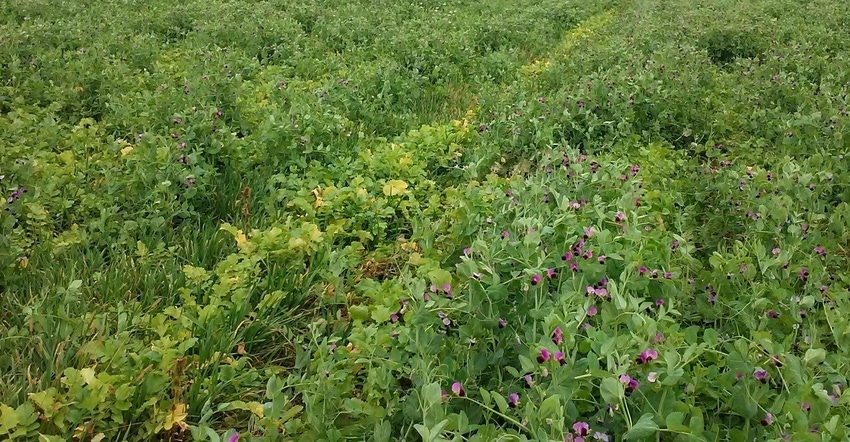July 31, 2020

Just like choosing seed for cash crops, you must pay attention to select proper cover crop seed. While people often are tempted to say, “Seed is seed,” there can be significant quality differences between certified and noncertified seeds. In many cases, money saved on seed may not translate into money saved at the end of the season.
So, what are the differences among the seed classifications?
Certified seed. This seed is grown under strict standards to preserve genetic purity, varietal identity and seed quality. Harvested seed undergoes conditioning and thorough laboratory analysis. Certified seed bags have a blue tag.
Noncertified seed. This seed is often sold by variety. However, it is not produced under certification protocols and does not meet the quality requirements for certified seed. The seed’s genetic purity cannot be guaranteed.
Common or variety not stated (VNS) seed. This seed’s varietal origin or purity is uncertain or does not meet certification standards. In cases where a species does not have varieties, rather than VNS, a species name is listed.
Bin-run seed. This is grain produced on a farm and saved for use as seed. The variety may or may not be known. Bin-run seed is often not cleaned, treated or tested. Depending on the variety’s current protection under Title V of the Plant Variety Protection Act (publicly produced varieties) or patent (privately bred varieties), it may not be legal to plant or sell bin run seed.
In Wisconsin, any seed offered for sale must be tested by a certified lab and tagged with the total percentage (by weight) of pure seed of each species composing 5% or more when in a mix; weed seed, noxious seed, other seed and inert matter must be listed as well. The label must also contain germination percentage, month and year of germination analysis, and hard seed or dormant seed percentage — whichever is applicable. State seed labeling requirements are found in Chapter ATCP 20.
Seed quality factors
When purchasing seed, the following quality factors should be considered:
Variety. Plant growth characteristics — such as days to maturity, winterhardiness, disease and insect resistance, and yield — can vary among varieties of the same cover crop species. Planting certified seed ensures you are growing the proper variety to achieve specific soil conservation, soil health, and forage quality and quantity goals without creating unintended harvest or termination issues.
Purity. Planting clean seed is essential in reducing the spread or introduction of herbicide-resistant weeds. As of December 2018, there were 20 unique cases of herbicide resistance (weed species by herbicide site of action) in the state. Purity accounts for the percent chaff, weed seed and other crop seed.
Germination. Germination is the percentage of normal seedlings grown from a set number of seeds under controlled conditions. For labeling purposes, a warm germination test is used by seed testing laboratories to provide a reasonable estimate of potential field emergence under favorable conditions.
Pure live seed. Seeding rates are often reported in pounds of PLS per acre. PLS is calculated by multiplying the seed’s percent purity by the percent germination and dividing by 100. For example, the PLS of a seed lot testing at 91% pure seed and 88% germination would be 80%: 91 times 88 divided by 100 equals 80. Therefore, 1.25 pounds of this seed would be needed to achieve 1 pound of PLS: 100 divided by 80 equals 1.25).
Knowing the percent PLS allows for proper seeding rate adjustment to achieve stand density goals, as well as the comparison of cost per pound of PLS among various seed sources.
Conditioning. Seed conditioning can be used to eliminate or reduce undesirable contaminants, and broken, diseased and immature crop seed. Seed sources containing low-quality seed typically require increased seeding rates to achieve the desired crop stand and density.
Ensuring you get the most from your cover crop investment starts with choosing the right seed for the job. A few extra dollars spent on high-quality seed early in the season often translates into better stands, better yields and reduced potential for weed seed introduction — all of which can cost time, soil and money in the long run.
The Wisconsin Crop Improvement Association can perform many different seed analyses and is open to the public. Learn more at wcia.wisc.edu.
Patton is the University of Wisconsin-Madison Extension senior outreach specialist in the Nutrient and Pest Management Program.
You May Also Like




